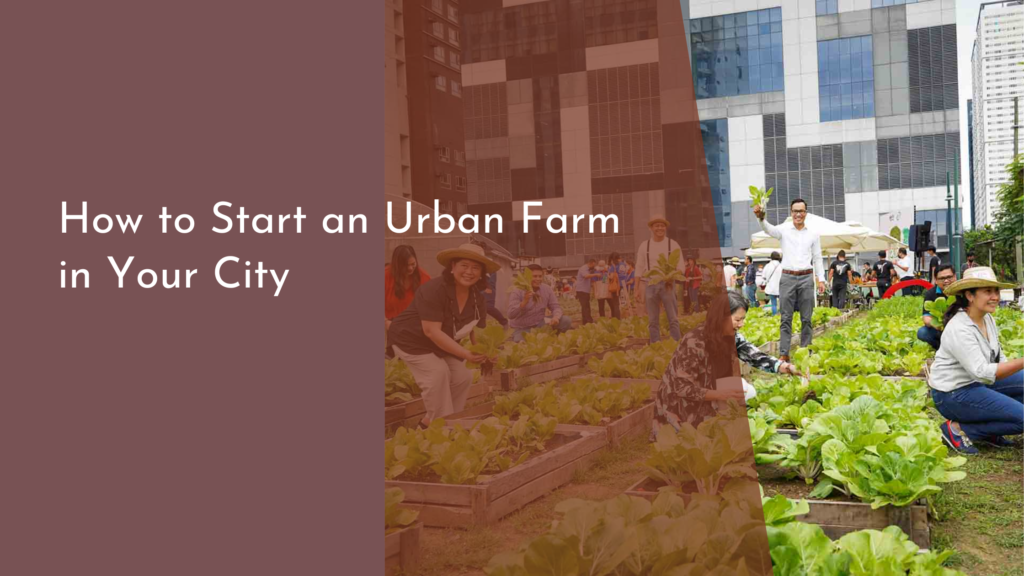Urban Forestry and Bioengineering Techniques
Urban areas are increasingly embracing the concept of urban forestry as a vital component of sustainable city planning. This movement not only enhances the aesthetic appeal of concrete jungles but also addresses pressing environmental issues such as air pollution, heat islands, and biodiversity loss. With the growing recognition of the importance of green spaces, the integration of innovative bioengineering techniques is paving the way for greener, healthier cities. This article explores the multifaceted benefits of urban forestry, the cutting-edge bioengineering methods being employed, the profound effects on public health, and exciting future trends in this field.
Exploring the Benefits of Urban Forestry in Cities Today
Urban forestry is transforming cities into healthier, more vibrant communities. By planting trees and creating green spaces, cities can combat the negative effects of urbanization, such as poor air quality, increased temperatures, and habitat loss for wildlife. Trees act as natural air filters, absorbing pollutants and releasing oxygen, which can significantly improve urban air quality. Moreover, green spaces provide essential habitats for various species, encouraging biodiversity and fostering a connection to nature that many urban dwellers often lack.
Beyond environmental benefits, urban forestry enhances the quality of life for city residents. Parks and tree-lined streets create inviting spaces for recreation, relaxation, and social interaction, fostering a sense of community and belonging. Studies have shown that access to green spaces can reduce stress, increase physical activity, and even promote mental health. As cities invest in urban forestry, they are not only enriching their landscapes but also prioritizing the well-being of their citizens.
Innovative Bioengineering Techniques for Greener Urban Spaces
The integration of bioengineering techniques in urban forestry is revolutionizing how we approach greening our cities. Techniques such as tree soil cells, green roofs, and bio-retention systems are being increasingly utilized to enhance tree growth and health in urban settings. Soil cells allow for better root development by providing more space and nutrients, enabling trees to thrive even in confined environments. Green roofs not only support vegetation but also reduce stormwater runoff, improve insulation, and mitigate heat absorption, providing multifaceted benefits to urban infrastructure.
Moreover, bioengineering methods like phytoremediation leverage the natural abilities of plants to clean contaminated soil and air, turning urban forests into living tools for environmental restoration. By strategically placing trees and plants in areas that need ecological revitalization, cities can create green corridors that enhance urban biodiversity and improve overall ecosystem resilience. These innovative approaches are instrumental in maximizing the functionality of urban green spaces and ensuring they thrive in the face of urban challenges.
How Urban Trees Enhance Our Health and Well-Being
Urban trees are more than just beautiful additions to city landscapes; they play a crucial role in promoting public health. Research has consistently shown that exposure to green spaces can lead to lower levels of stress, anxiety, and depression. The calming presence of trees and greenery invites people to spend time outdoors, encouraging physical activity and social interaction, both of which are vital for mental and emotional health. Furthermore, the shade provided by trees helps to reduce heat-related illnesses during hot weather, making urban environments more comfortable and livable.
In addition to mental health benefits, urban trees significantly contribute to improving physical health. Evidence suggests that areas with ample tree cover experience lower rates of respiratory diseases and other health issues related to air quality. By filtering pollutants and producing oxygen, urban trees act as vital allies in combating urban health crises. Cities that prioritize urban forestry not only beautify their environments but also invest in the health and well-being of their communities, creating a win-win situation for both residents and the ecosystem.
Future Trends: Merging Technology with Urban Forestry Goals
The future of urban forestry is bright, particularly as technology continues to merge with natural systems to create smarter cities. Innovations such as remote sensing, geographic information systems (GIS), and drone technology are enabling urban planners and forestry experts to survey and manage green spaces more effectively. These tools not only enhance the ability to monitor tree health and growth patterns but also aid in strategic planning for new plantings, ensuring that every tree planted contributes optimally to urban goals.
Moreover, the rise of community engagement platforms and mobile applications allows residents to get involved in urban forestry initiatives. These tools can promote tree adoption programs, provide educational resources, and create networks for community stewardship. As we look to the future, the collaboration between technology, community, and urban forestry will pave the way for greener, more sustainable cities that prioritize environmental health and enrich the lives of their inhabitants.
In conclusion, urban forestry and bioengineering techniques are at the forefront of transforming cities into healthier, more sustainable environments. The benefits of urban trees extend beyond aesthetics, touching all aspects of urban life, from public health to biodiversity and community well-being. As we continue to innovate and integrate technology into urban forestry goals, we can look forward to greener, more vibrant cities that enhance our quality of life for generations to come. Embracing this green revolution is not just an option but a necessity for thriving urban communities.

